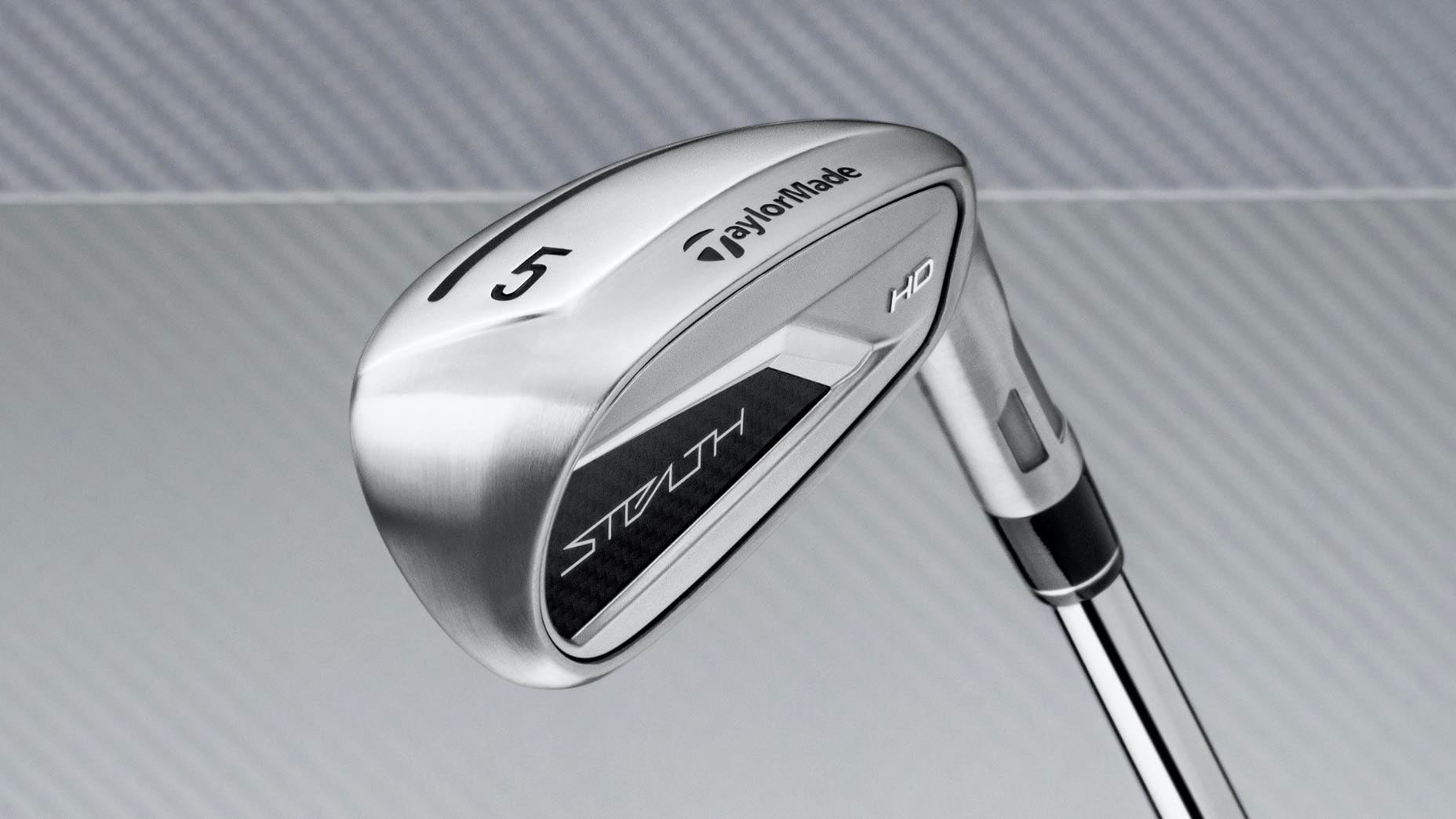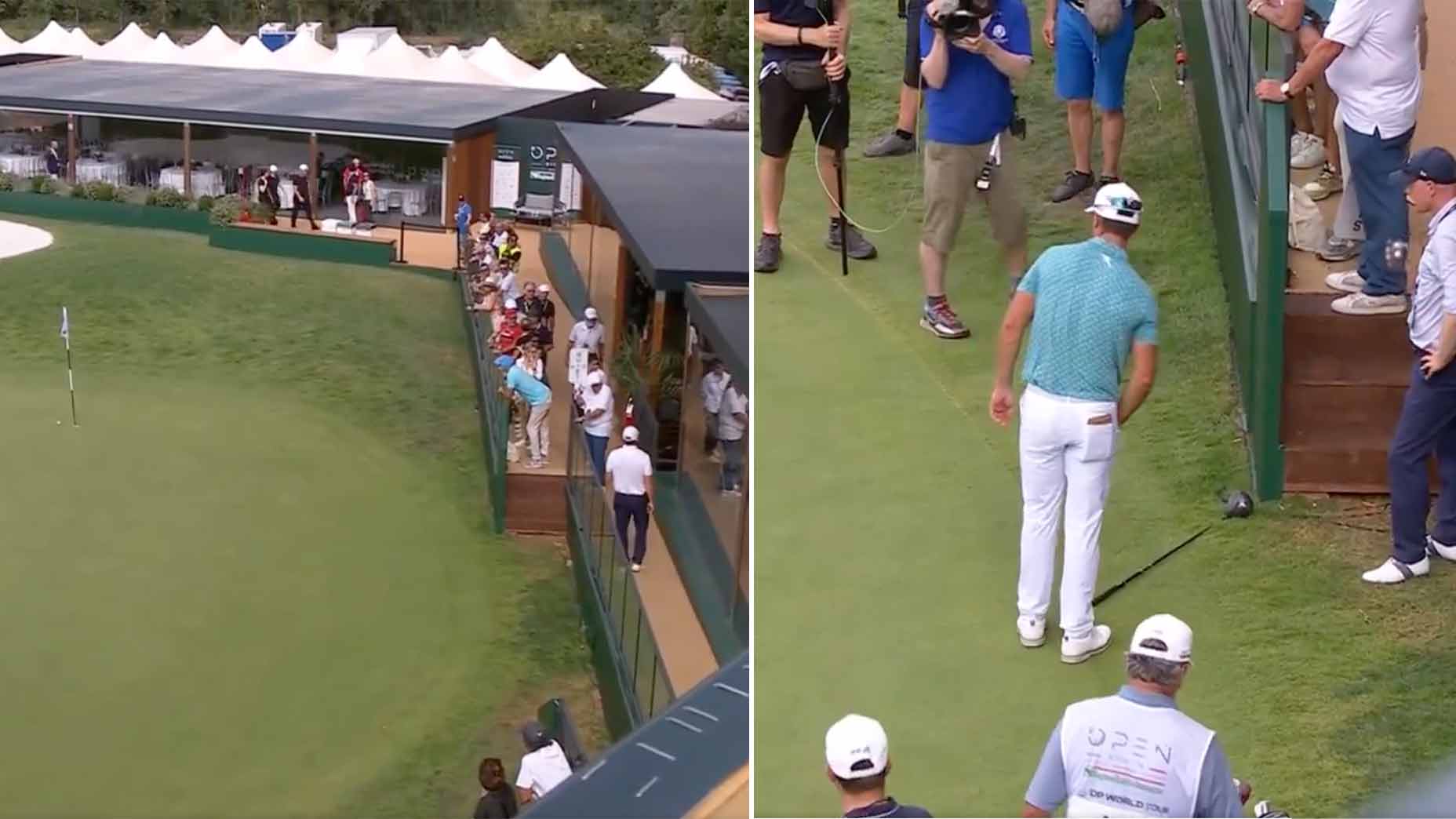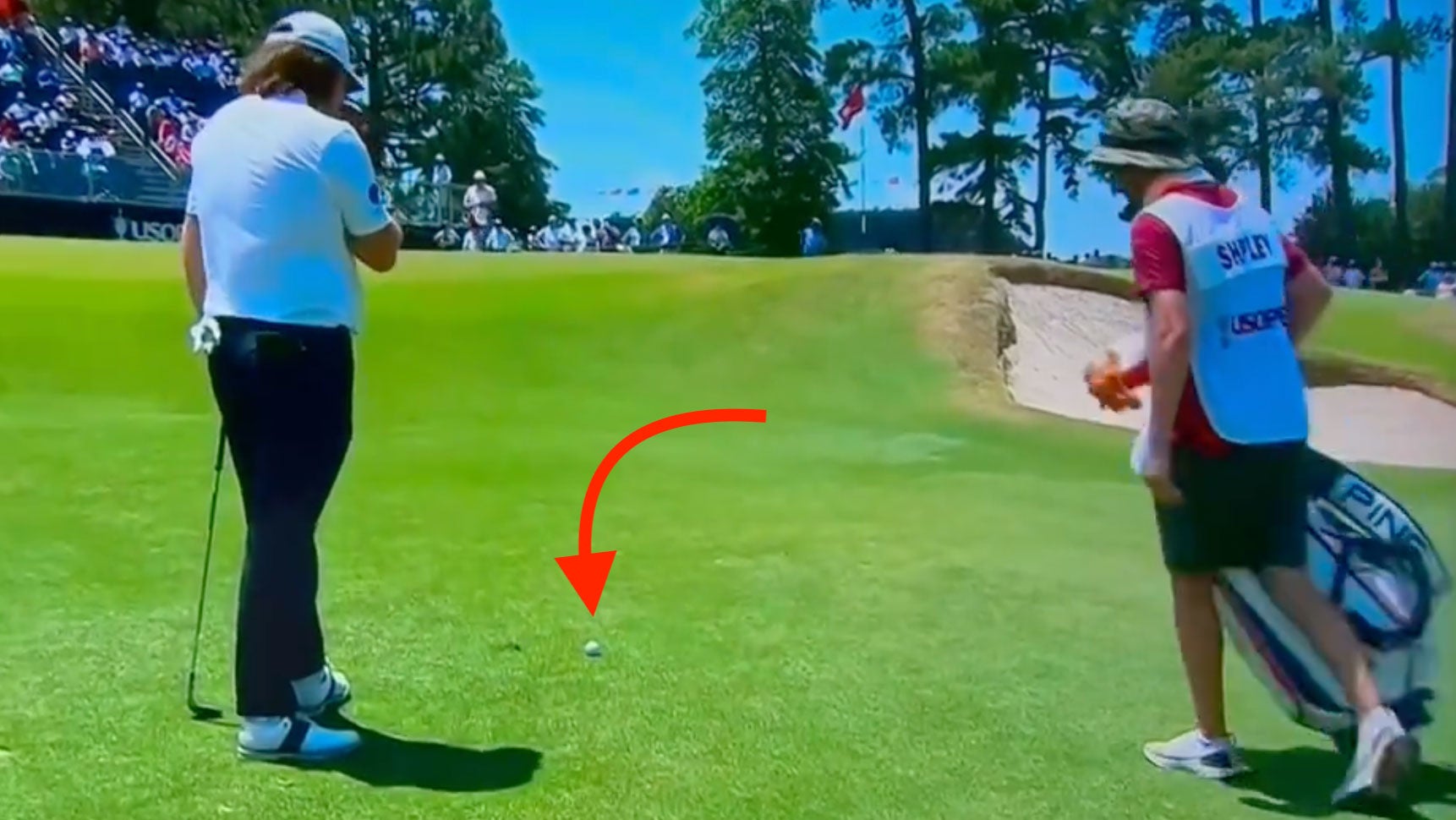6 ways your golf gear could be illegal (without you even knowing it!)
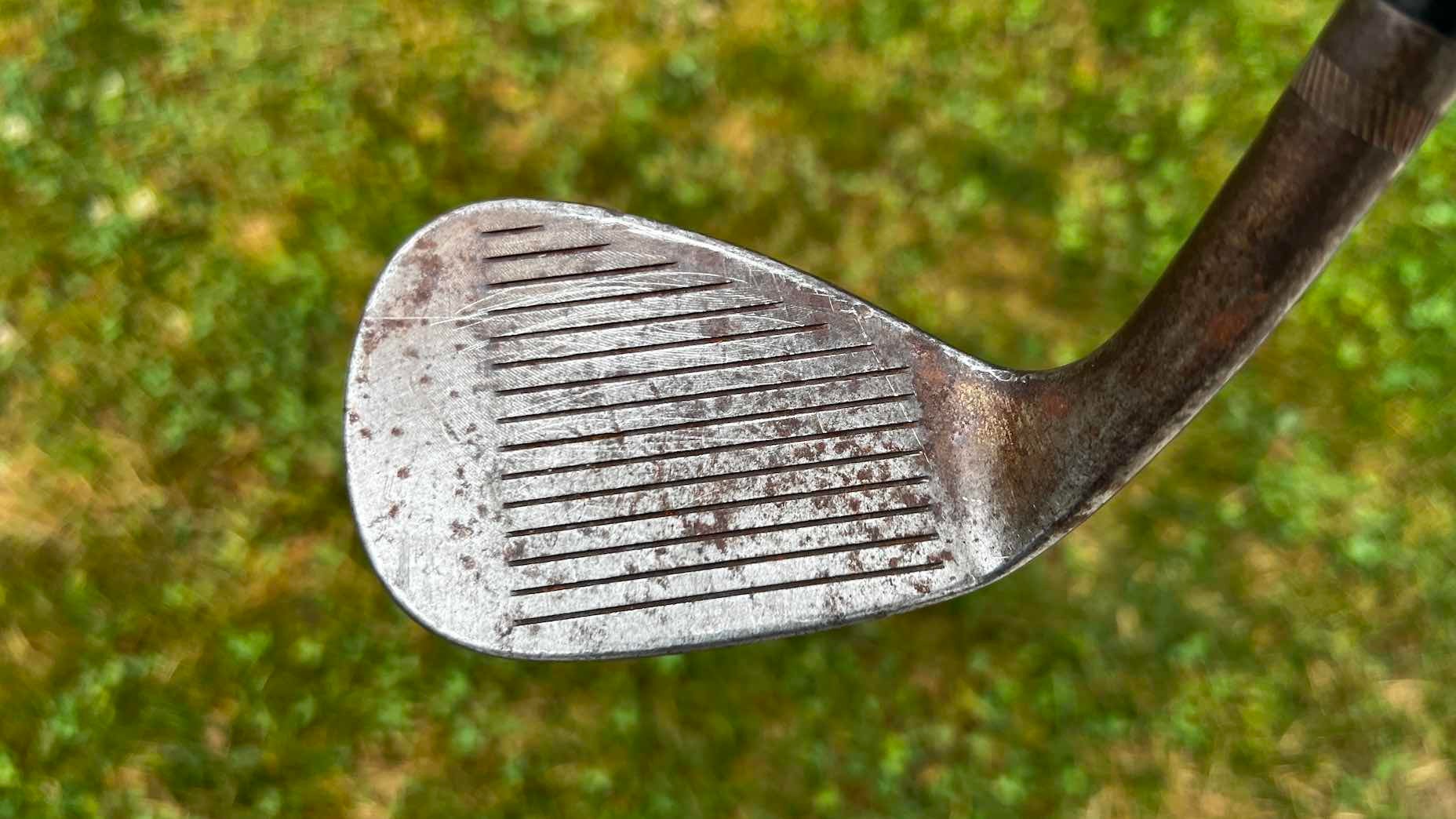
There is a lot of fine print in regards to equipment rules, but knowing these six can save you from breaking them and getting disqualified.
Ryan Barath
When it comes to equipment and clubs in the Rules of Golf, it’s cut and dry — something is either conforming or not. Depending on the type of round you’re playing the consequences can vary: a two-shot penalty, loss of hole, and disqualification are all possibilities, and we don’t want any of those things to happen to you.
That’s why we’ve taken the time to compile the most common ways your golf clubs and gear could be illegal, so you don’t make the same mistake others have made in the past.
1. 14-club limit
There is no limit to how few clubs you need to play a round of golf, but there certainly is a maximum and that number is 14.
This rule came into play back in 1938, after the USGA and R&A were tired of seeing some golfers use as many of 25-30 clubs during competitive rounds. One of the most famous players that commonly used an outrageous number of clubs was Lawson Little (winner of the 1940 U.S. Open), who would often have upwards of 30 clubs in two bags before the rules changed.
As for the penalties for breaking the rule (4.1b), it’s two strokes per hole with a maximum of four strokes in a stroke-play event, and loss of hole with a maximum of two holes during match play. So if you’ve been practicing with an extra wedge or two before your next round make sure to count them before you tee it up. Speaking of tees…
2. Maximum tee height

We’ve all heard “tee it high and let it fly,” but thanks to the Rules of Golf there is actually a limit to how high is too high, and that measurement is exactly 4 inches.
Although it might be difficult to find any tees over 4 inches anyway, if you do happen to use one it would be considered a non-conforming piece of equipment and would result in disqualification.
3. Don’t make your driver too long
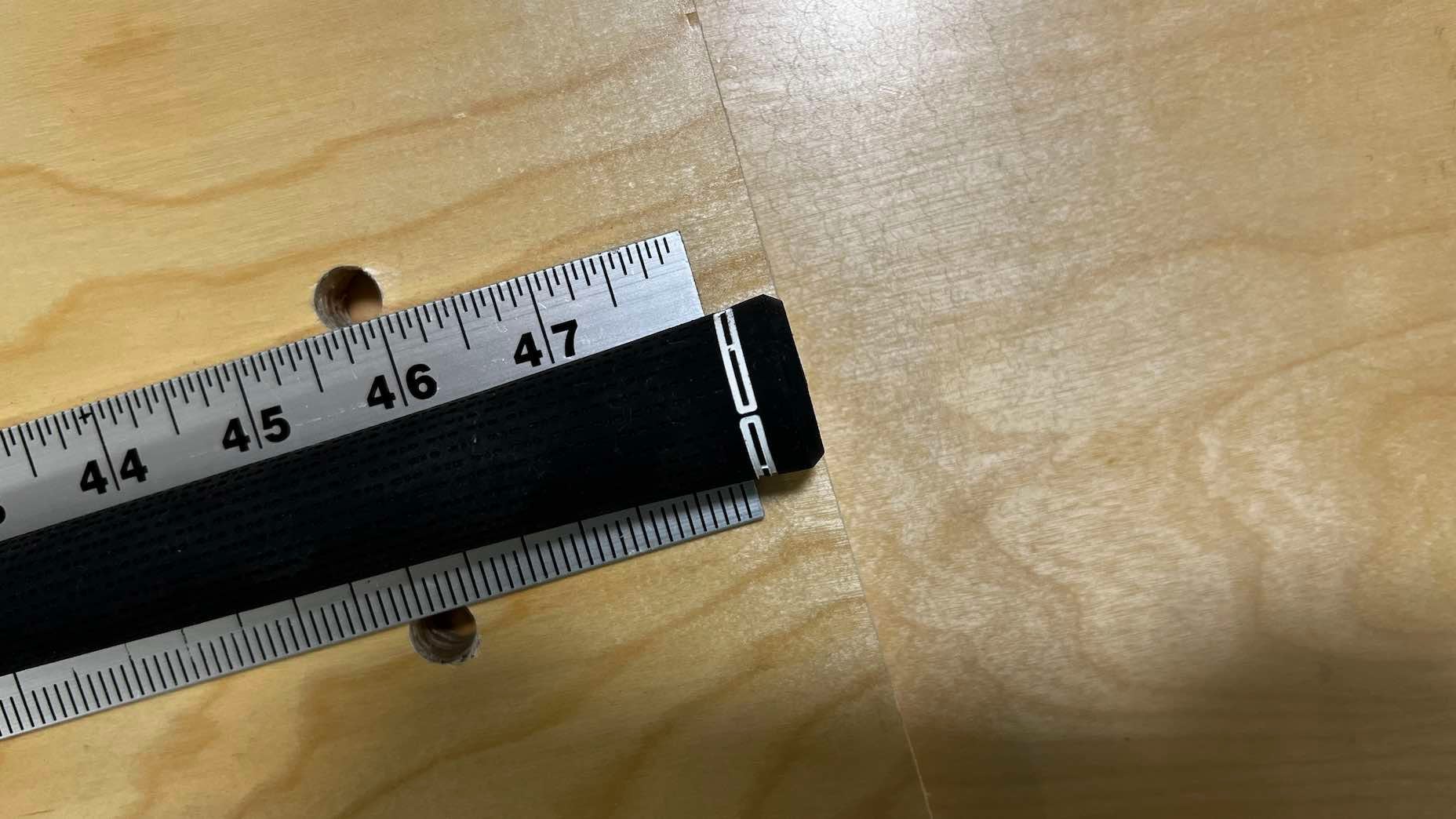
Everybody is searching for a little extra distance off the tee, and it wasn’t that long ago when Bryson DeChambeau was threatening to bring a 48-inch driver to the Masters in hopes of using it to carry more hazards and give himself shorter shots into the tricky greens.
Now the likelihood of you having to worry about bringing an extra-long driver to the Masters is quite low, the strict limit of 46 inches does apply to all clubs for all golfers, except the putter. (Fun fact, there is also a limit set for minimum length at 18 inches.)
So if you are looking for some extra distance and want to start with a longer driver, make sure you get your measurements right to stay within the rules so you don’t get dinged for having a non-conforming club.
Important note: The USGA and R&A have very clear exceptions for golfers that require modified equipment because of a disability, so if you are making modifications to a club for the purpose of helping a golfer with a disability make a golf swing, you do not have to worry about any extra length added to the clubs.
4. Watch those grooves

It doesn’t seem that long ago, but back in 2010, the new rules for groove conformity went into place for golfers at the highest levels of professional and amateur golf. This meant any clubs, including irons and wedges, hybrids, and even fairway woods with lofts of 25 degrees or more that had older spec groves were considered non-conforming.
The rule went into full effect for any golfer looking to play in USGA and R&A championships in 2014, and it’s scheduled to go into full effect for recreational golfers on Jan. 1, 2024.
There are a couple of things to note here, with the first being that if you are using clubs — more specifically wedges that predate 2010 — there is a really good chance you’ve already lost a lot of performance, and it’s probably worth an upgrade anyway. Secondly, even though the rule should be going into effect on Jan. 1 of next year, I expect most recreational golfers playing in their weekly leagues aren’t really concerned if a playing companion is still using a set of irons or wedges from 2005.
I’m not saying you don’t have to worry about this, but if you have some rules sticklers at your club or in your regular foursome when playing for a few bucks, you might want to check your grooves here.
5. Don’t have a screw loose
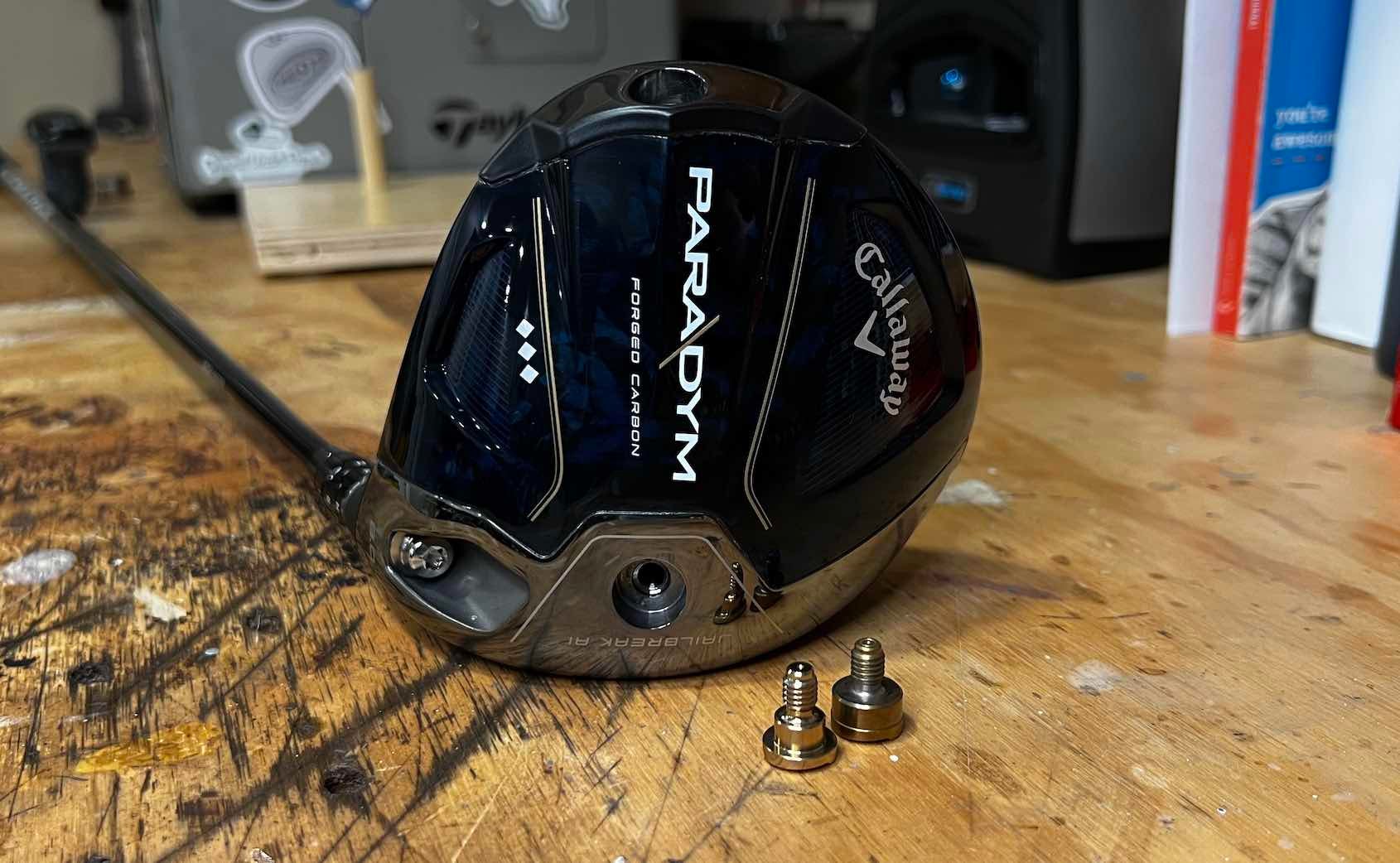
Modern golf clubs are packed with adjustability, and with the help of a handy torque wrench, it is easy to move loft up or down as well as move weights around to help dial in ball flight, but just make sure you put everything back where you found it.
The reason you want to make sure all the weights are back in place on any club that is hollow is because if the head is not fully sealed the golf club is considered non-conforming. The simple test for this is if a string can pass through any part of the club and come out of another area it’s a no-no. Important note: Putters are exempt from this rule.
If this happens because you forget to put the weights back in your driver before you tee off, you can still put them back in without penalty. The same goes for if a weight or hosel becomes loose during the course of normal play, you can tighten it back up without penalty as long as you don’t change the settings in the process.
6. Sorry, but no bulge
There are endless amounts of grip options in the marketplace today, and no matter what size, texture or material, there is something out there for you — just make sure you install them properly or you could get into trouble.
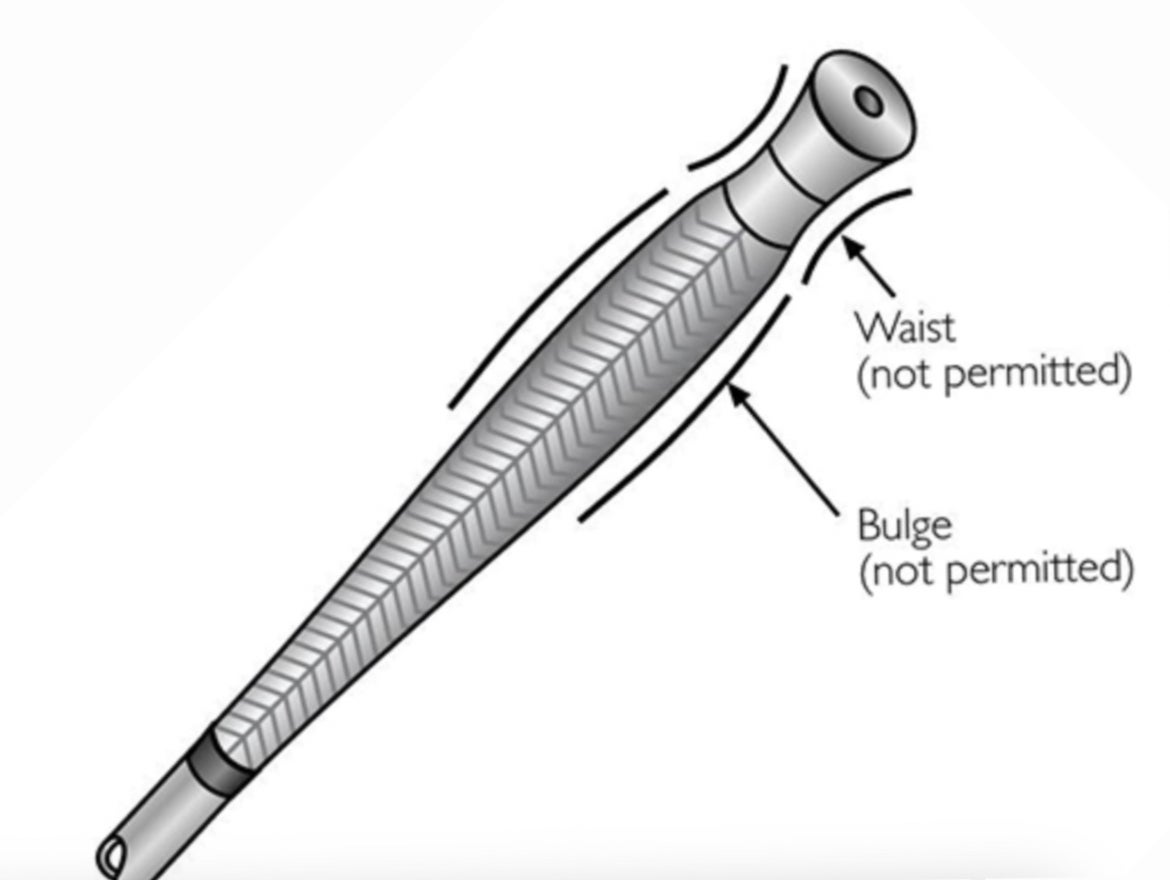
According to the Rules of Golf: “The grip may be tapered but must not have any bulge or waist. Its cross‑sectional dimensions measured in any direction must not exceed 1.75 inches.” That means you can’t create a large reminder using tape under your top or bottom hand on your full-swing clubs, or create multiple bulge areas to create a recessed waist either.
Important note: Once again in regards to grips, the USGA and R&A have clear exceptions for golfers that require modified equipment because of a disability, so if you are making modifications to a club grip for the purpose of helping a golfer with a qualifying disability make a golf swing you do not have to worry about modifications made to help that golfer.
An example of this is the use of Velcro on a grip to help a player with limited hand mobility safely hold the grip to make a swing.
So keep these rules in the back of your mind for the next time you’re ready to tee it up in a competition setting, because every shot counts and you don’t want extra ones added to your score because of an equipment issue.
Want to overhaul your bag for 2023? Find a fitting location near you at True Spec Golf.


